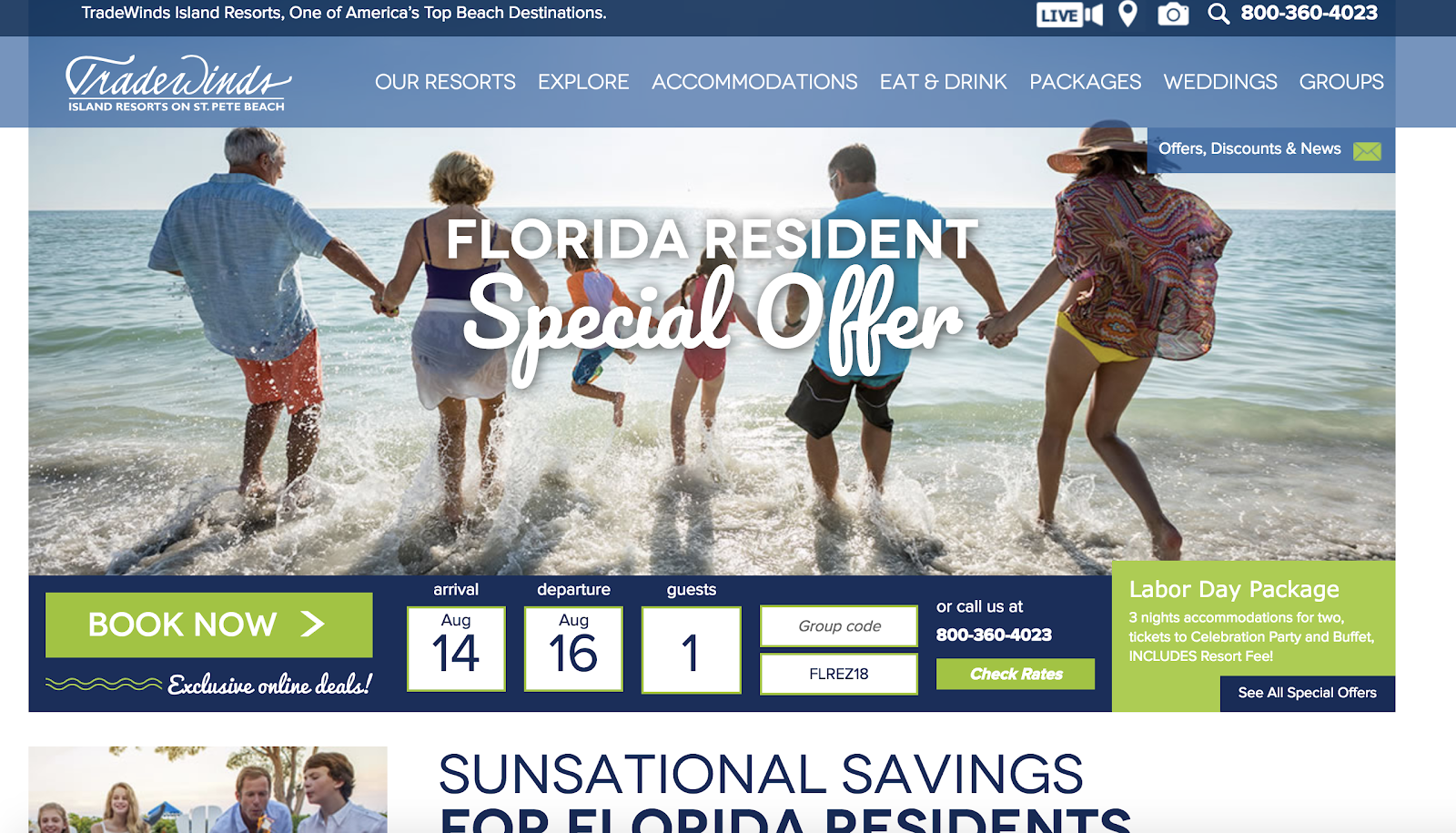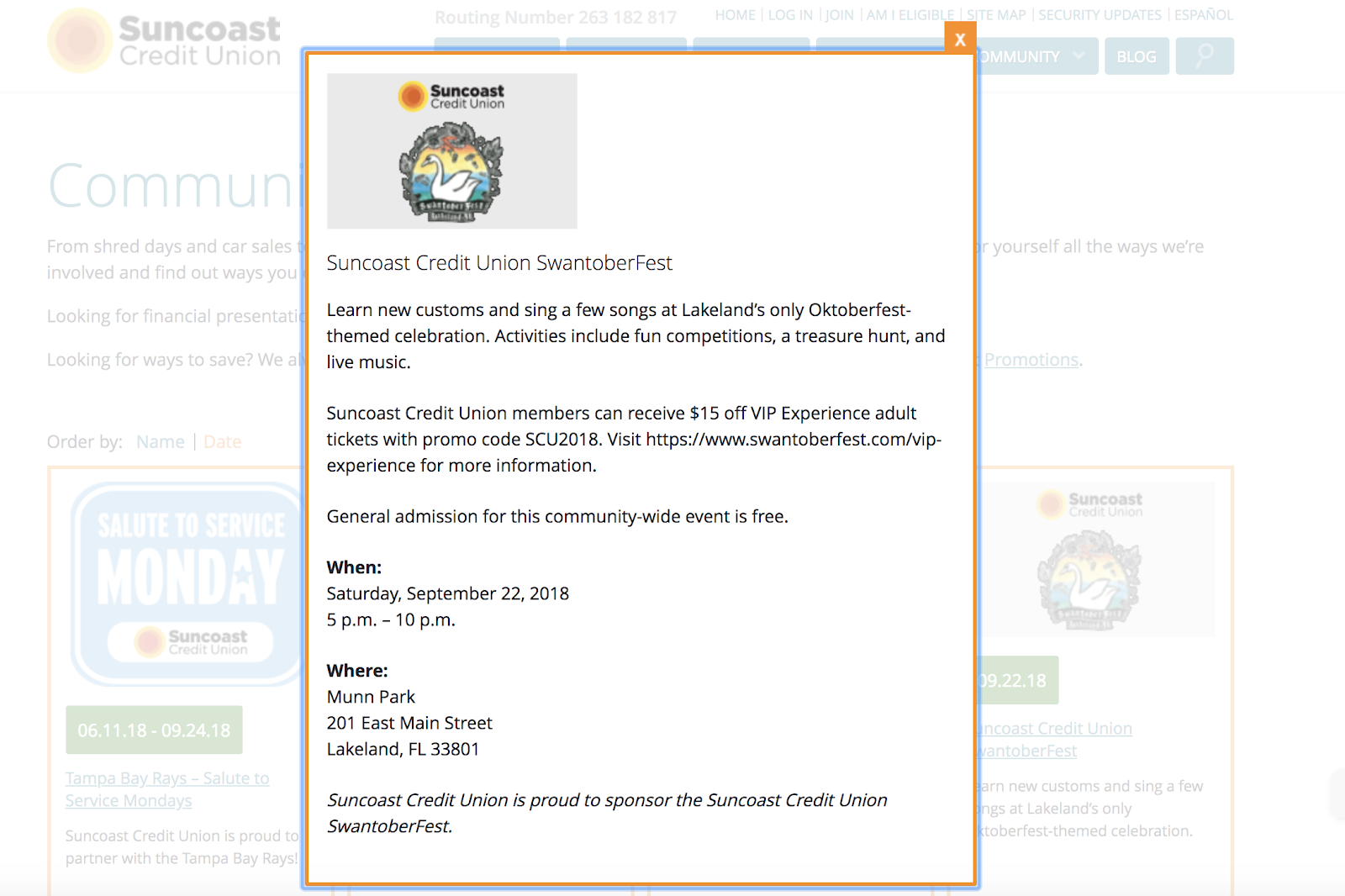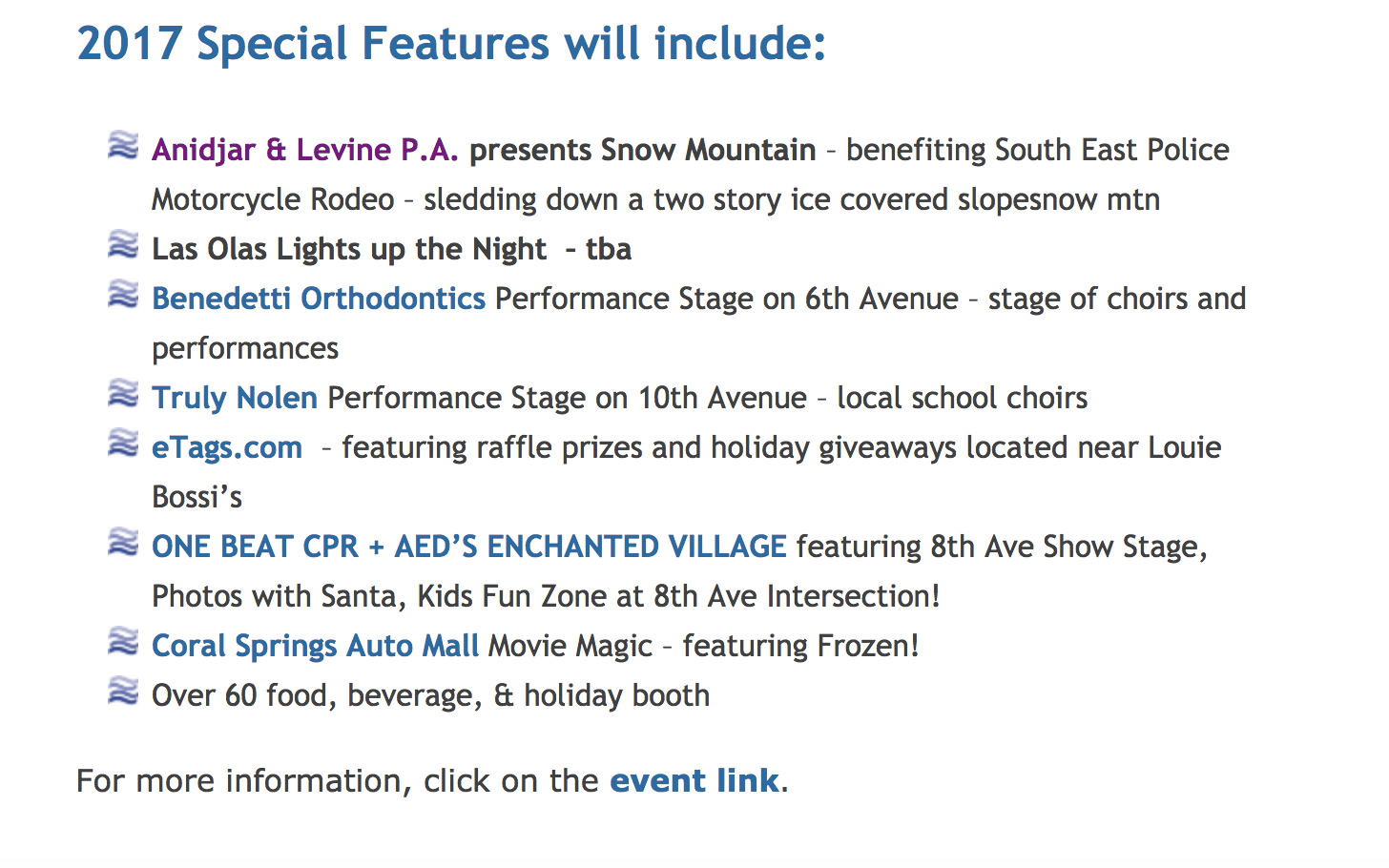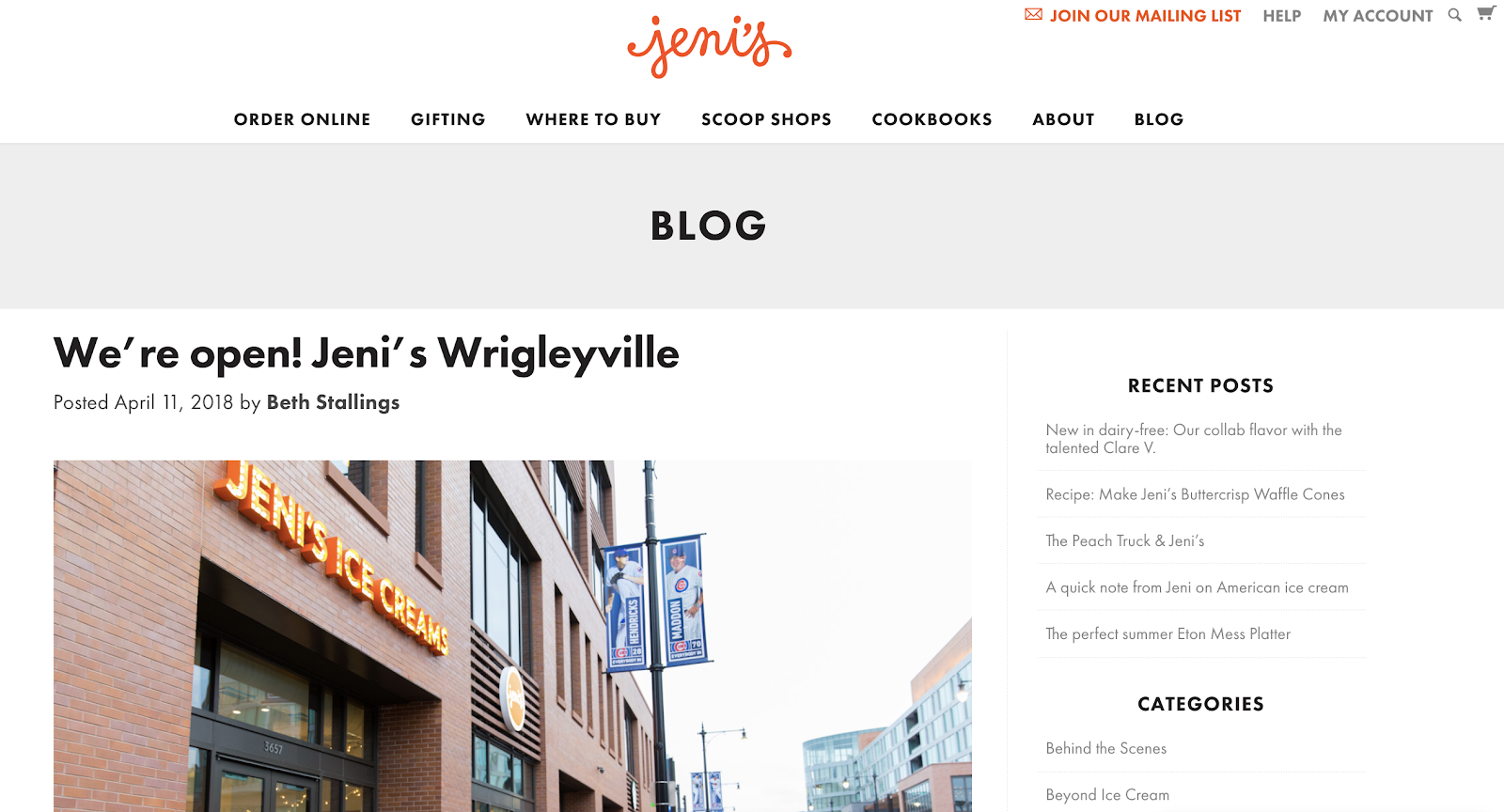Ranking for local SEO used to be pretty straightforward. You’d add your NAP to the footer, build a few directory links, and voila! You were on your way to the local 7-pack.
Somewhere along the line, the 7-pack reduced to a 3-pack and local directory links are no longer enough.
To move up the ranks in local SEO, you need content.
Say you’re the lucky owner Blue Star Donuts (yes, it is my dream to own my a donut shop one-day #lifegoals), it’s unlikely you’re going to be able to compete with big chains for keywords such as ”best donuts”. But you may be able to rank for a term like “best donuts in Portland.”
Don’t believe me? Just look at what the team at seoreseller.com did. They increased traffic almost 300 percent by creating custom local content.
And, they aren’t alone.
Search Geek Solutions saw a 300 percent increase in organic visibility for Bloomfield Dental Designs by developing local content.
Content is a super effective way to rank for less competitive, local keywords.
So unless your local business has achieved Beyonce and Jay-Z status, you’ll want to keep reading.
9 Examples of Content for Local SEO
Do I really have to create content for each of my locations?
I always find myself answering this question post-content audit because my clients dread the whole content creation situation.
And, secretly, I kind of dread it, too — watching the mind-blowing moment (watch this GIF for full effect) when my clients realize the content they worked so hard to produce isn’t cutting it.
Still, not creating content for your locations is risky. No one is going to come to your party without an invitation.
The solution: Become a local content machine.
It isn’t enough to be unique.
You have to be local.
Your local content needs to be relevant and useful. Every piece of content needs a reason to be on your website.
Here are some different types of content that will help your local SEO.
1. City-Specific Landing Page
Here’s a fun challenge: Can you rank for local keyword terms without a location webpage?
While you might succeed after a few sleepless nights, it’s much easier to rank in the local SERPs if you’ve got a location webpage.
If you’re a multi-location local business, take a note from Ambient Edge, an air conditioning repair company with multiple locations.
They created a separate page for each location. Here is a look at their Las Vegas location page.

Di Bruno Bros., an Italian market, is another great example:

And, Roto-Rooter joined the game too. Here’s their New York location page.

Now, if you want to go one step further, you could create location-specific webpages like Goodyear does. Here is one of their Long Island locations.

But, then you can visit the store website here: https://www.marbrentire.com/.
Because local SEO is nothing to mess with, I’d recommend sticking to a strategy like Ambient Edge or Di Bruno Bros.
If you’re a smaller local business, building separate websites for each location is overwhelming and may dilute your authority.
Keep it simple with one page per location.
2. State or Regional Landing Page
It’s hard to get any client excited about creating more content. But, when you’re competing in the local SEO space, content could make or break your move from Page 2 or 3 to Page 1.
If creating multiple city-specific location pages sounds like a daunting task, start with the city or region of your locations.
Take New Life Appliance Repair, for example. They created county-specific webpages, then city-specific pages.

This is one of the best examples of local content silos I’ve seen.
And, they aren’t alone.
Incfile, a LegalZoom type of company for solo entrepreneurs (but better), built state-specific pages.

(Full disclosure: Incfile was a client while working with First Page Strategy.)
Before building these state location pages, the team did a deep dive into buyer personas to understand their audience.
They determined that state location pages would make the UX better for their customers. And, it worked. Incfile not only increased organic traffic, but improved conversions.
3. FAQ Pages
FAQ pages are this close to being my one stop shop for everything local SEO content.
With voice search changing the way people search, the industry is seeing a shift in how people consume content.
Think about it: Nearly a third of mobile searches are related to locations.
And, according to BrightLocal, 58 percent of consumers have used voice search to find local business information in the last 12 months.
Let me prove it to you.
Do a Google search for [what vaccinations does my dog need to be boarded?].
You’ll see that Pet Hotel Hadley has optimized their FAQ pages and are now a featured snippet.

This featured snippet is now one of the second result when I ask Siri the same question.

That’s why FAQ pages can help boost your local SEO.
Here’s another good example.
Do a Google search for [is there an age limit for getting waxed].
You’ll stumble upon Waxing in the City’s featured snippet.

4. Specials
Specials and discounts are the crème de la crème for local business owners.
In today’s smart shopper age, everyone is an extreme couponer (guilty).
Give your customers what they want by personalizing specials to local residents.
Hotels are known for this.
Take the Trade Winds Resort in St. Petersburg, Florida. They offer a 13 percent discount for Florida residents.

And, the Monterey Bay Aquarium has a “locals only” section on their site with discounts and special events.

By offering a location-specific discount, you’re appealing to your local audience. You’re making them feel special.
It’s an intense race to the top of the local SERPs. No discount is too small.
5. Host Local Events
Every Friday, almost like clockwork, I dig through my Facebook events to see what’s happening this weekend. There’s always a festival, free yoga class, or some charity dog wash going on.
As a marketer, I love seeing local businesses use Facebook events to drive awareness. But, what I don’t love is not seeing the event on their webpage.
Whomp whomp!
If you’re hosting a local event without announcing it on your website, you’re losing out on some major local SEO mojo.
Here’s how Core Power Yoga announces their Austin events.

Or, follow STORY. They host weekly happy hours at a local brewery.

Or, how my buddies over at The Wonder Jam host in-person workshops.

On the flip side, you could rent out your location as an event space like WeWork.

Green Bench Brewery does this, too.

If hosting events isn’t your cup of tea, keep scrolling for your next option.
6. Partner with Local Events
Is the idea of hosting a local event too overwhelming for you – like the first time you tried to order off the dollar menu at McDonald’s? Then consider partnering with a local event.
Like Suncoast Credit Union did with Swantoberfest. They sponsored the event and provided a discount for the VIP experience.

And, it works. I work with Jason Hennessey Consulting on The Law Offices of Anijdar & Levine. Some of the best backlinks they have received were from local sponsorships.
Here they are at the Riptide Festival.

And, again at the Sheriff’s Cup.

And, again at the 55th Christmas on Las Olas.

If you don’t have the budget to sponsor local events, then talk about the local events.
For example, New York-based digital agency LaunchMetrics put together a report on digital trends at NY Fashion Week.

And, The Mountain talks about how they got involved with a local college to help campers develop STEM skills.

Or, consider offering local experiences like Airbnb.

And, Backwoods.

7 . Blog Content
Blog content is where the magic happens. If you’re a local business looking to compete in the local SERPs having an active blog will help improve rankings.
Not sure what to write? Here are a few ideas to get you started:
New Location Announcement
Jeni’s Splendid Ice Cream wrote a blog post on their new Wrigley location.

Mother Kombucha does something similar by announcing new stores that are carrying their products.

Pricing
Kanopy Insurance published a blog post on how to find cheap insurance for California residents.

Laws
Jeffcot Law answers questions about marijuana laws in Ohio.

Product Announcements
Evergreen Home Heating and Energy shares how a new Trane product is going to improve Seattle home heating.

Interviews & Testimonials
Asana interviews their clients that acts as a testimonial.

8. ‘Best of’ Guides
When it comes to creating a “best of” list, I’d like to quote rapper T.I., “You can have whatever you like.”
With a “best of” list, you want to build a guide that gives your readers whatever they like about a topic.
For example, the Coffeebar created these amazing coffee guides.

Movoto designed this Moving to Lakeland, Florida guide.

PetYen built New York City specific pet-friendly neighborhood guides.

And, the Restoration Hotel developed this interactive map webpage.

9. Press Pages
Press pages is like the Wendy’s of fast food. You know its there, but you rarely pay attention.
When I came across WeWork’s press page, I couldn’t help but marvel at the images of each location they had.
This local content makes me drool.

You could also consider partnering with the press on a press release like Dale Adams, general manager of Gila River Arena at Westgate Entertainment Center in Glendale did here.

Start Creating Local Content Now
Once upon a time, local business owners had tunnel vision for NAP and directory links when it came to local SEO. But what about content?
For years, so many local business owners developed an innate fear of creating local content. But, times are changing.
Content is crucial if you want people to find your local business online and visit you IRL.
Search engines have seriously upped the ante on all things local.
Sure, you still want to have the correct NAP and build directory links. But you want if you want to grow revenue and your business, you need to create hyperlocal content.
Image Credits
Featured Image: Paulo Bobita
All screenshots: Taken by author
